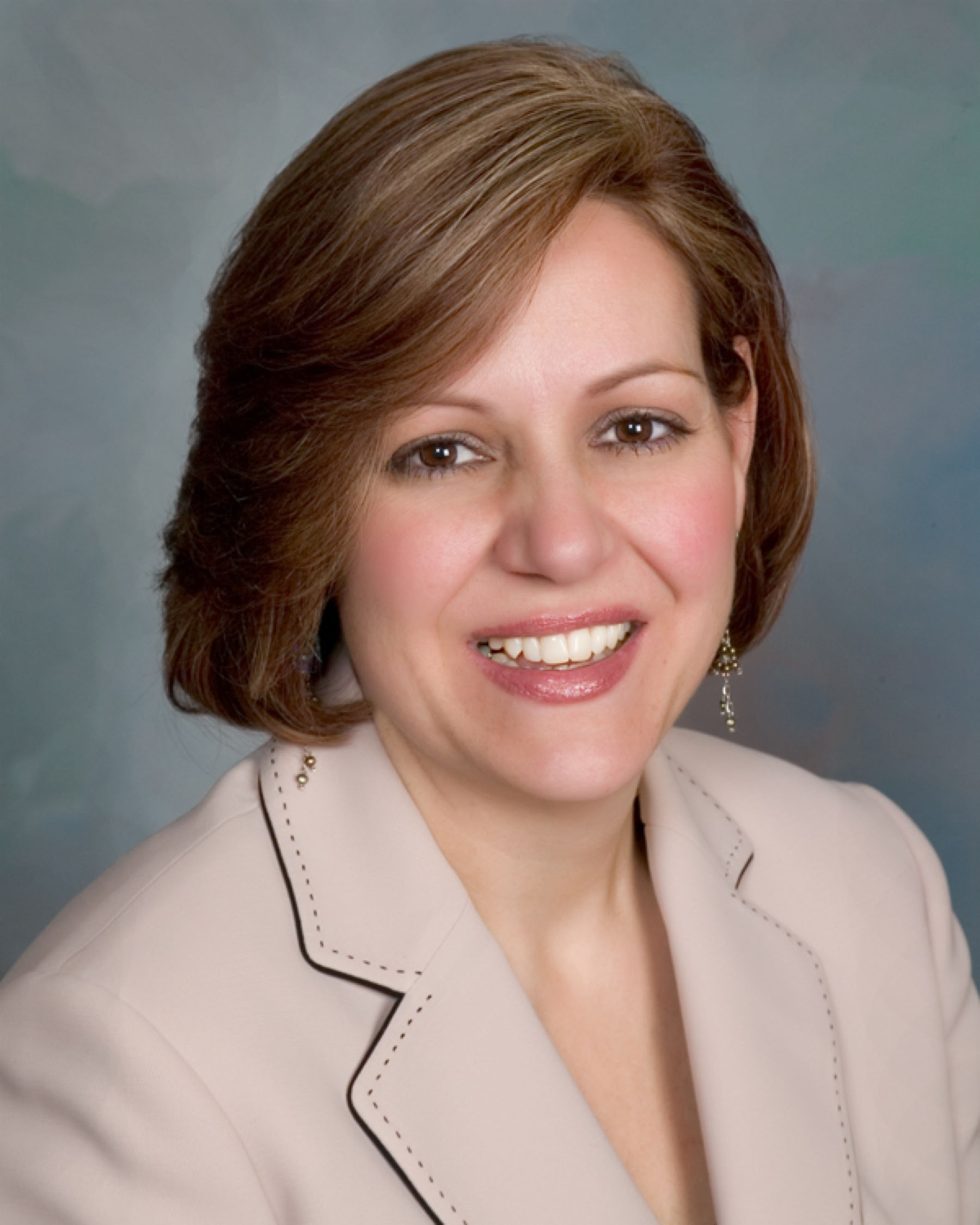The Met Opera’s 2018-19 season got off to a rousing start with an exciting revival of Verdi’s “Aida.” Sonja Frisell’s production is about thirty years old now, but continues to enthuse audiences because of its clever use of stage elevators, rising and falling sets, huge choruses and dancers – and even a few horses (no elephants though). Nicola Luisotti’s conducting certainly added to the success of the evening having varied the dynamics in the orchestra with great sensitivity, yet did not drown out the singers. In doing so, the conductor brought out the splendor and subtlety of Verdi’s orchestral score.
The star of the show was clearly Anna Netrebko, the greatest Aida since Leontyne Price. She possesses both a glorious voice and a genius for acting with conviction. In both her solo arias and her domination of the large ensembles, she was vocally mesmerizing. Her Amneris, Anita Rachvelishvili, matched Netrebko in terms of wonderful mezzo-soprano singing and forceful acting. Amneris’ singing and acting in the last act of the opera kept the audience fascinated. The rest of the cast was almost as good.
Dmitry Belosselskiy’s Ramfis became both dominant and ominous, clearly the High Priest remains much more powerful than does the King in this score. The King, Ryan Speedo Green, sounded regal and was not drowned out by the enormous chorus and orchestra. Amonasro was well sung and acted by Quinn Kelsey, dramatizing both the character’s paternal concern for his daughter Aida, as well as his determination to use her for his own military ends.
The only weak link in the cast was Aleksandrs Antonenko as Radames. He has always been reliable as a genuine heroic tenor and has succeeded in roles such as Othello and Calaf in “Turandot,” but his Radames sounded wobbly and sometimes off-pitch. His wooden acting in this role did not help his performance.
During the first week of the Met’s season, the company also introduced a successful new production of Saint-Saens’ “Samson et Dalila,” directed by Darko Tresnjak, with Alexander Dodge as set designer, Linda Cho’s costumes and Donald Holder’s lighting. This production team managed to take a fresh look at this opera and avoid a kitschy view of the Holy Land – ‘that cursed land of religious wars and religious intolerance.’ Austin McCormick’s choreography added a fresh and earthy approach to a volatile land.
Sir Mark Elder conducted a lively performance of this melodious score. Roberto Alagna’s Samson remained heroic, forceful and moving, while Elina Garanca’s Dalila was always seductive and she sounded exquisite in her two great arias. Elchin Azizov’s Abimelech sounded suitably pagan and Laurent Naouri’s High Priest of Dagon sang both accurately and beautifully. The choreography by Austin McCormick made the dancers an exciting and earthy presence in the final scene in the Temple of Dagon. The opera is set in Gaza, still a place of confinement, injustice and suffering.





